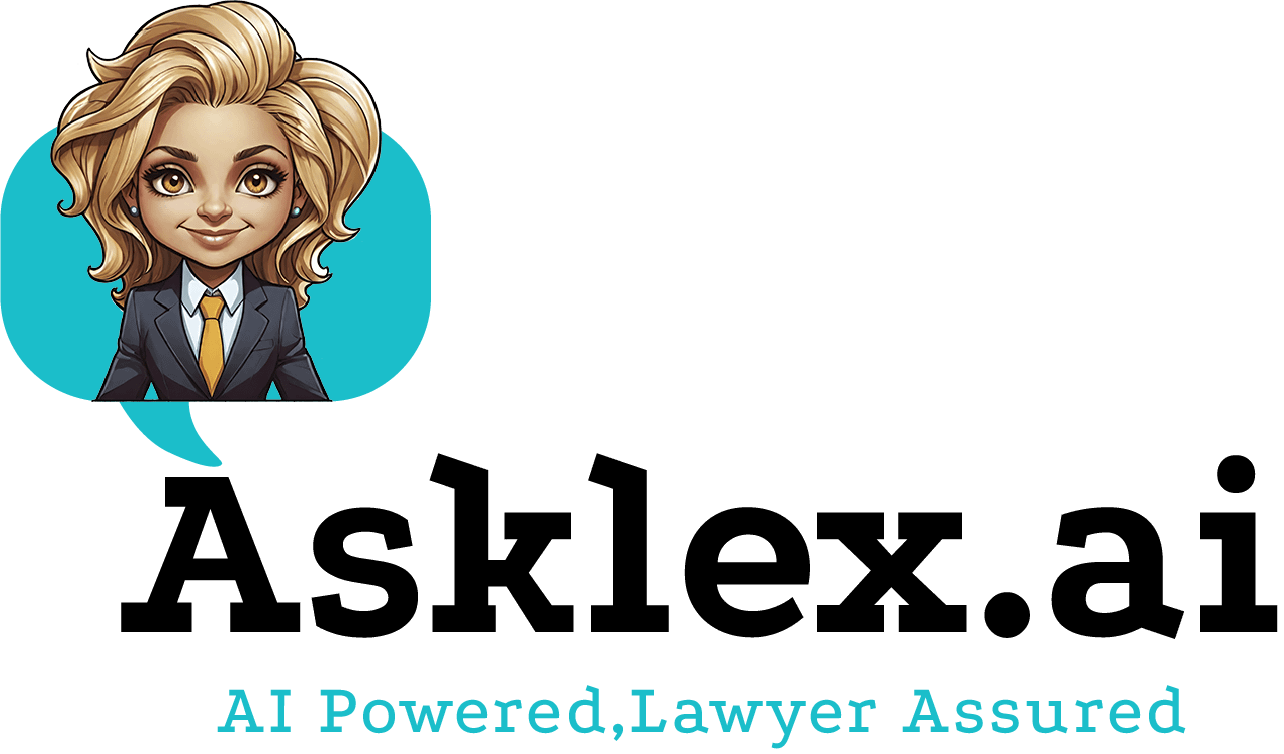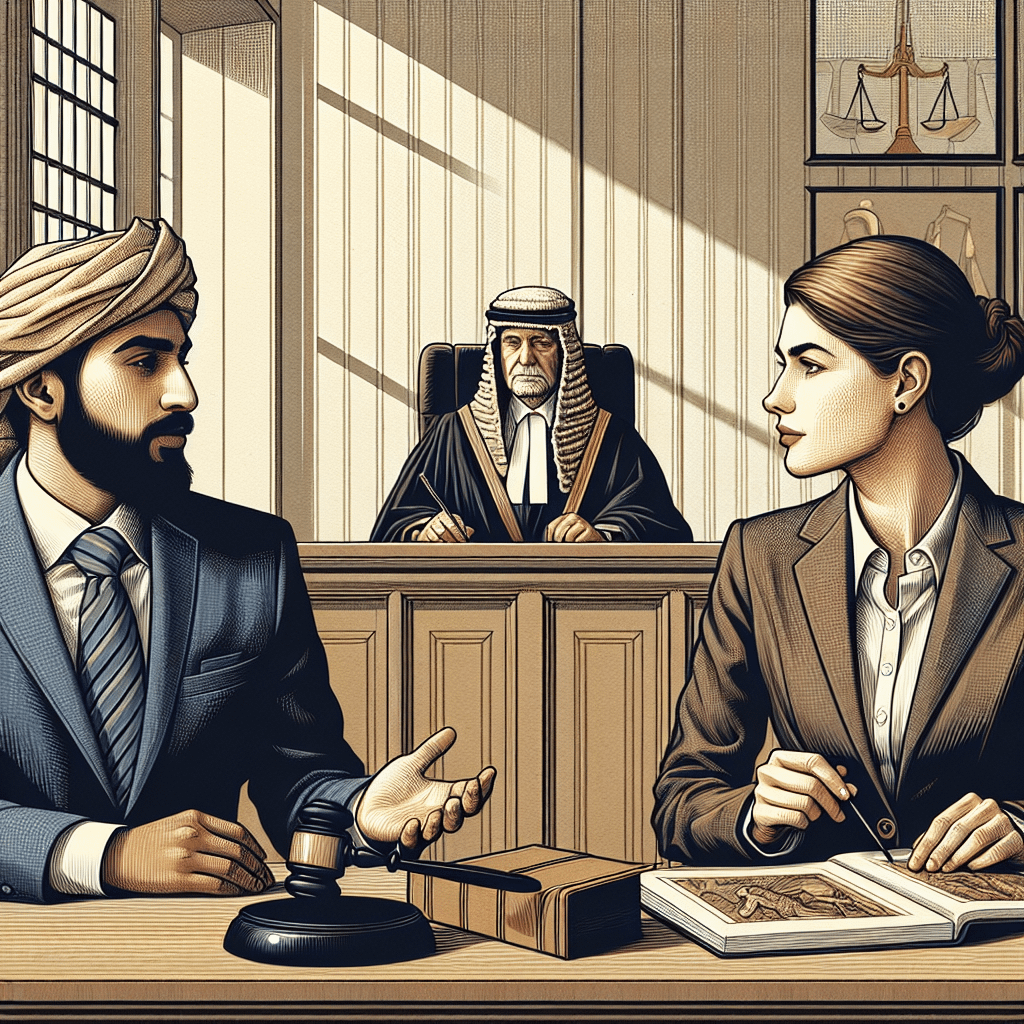Art and fiction have long served as platforms for creativity and expression, allowing artists and authors to explore various themes and push boundaries. However, sometimes these creations stir up controversy, raising the question: Can someone be prosecuted over art or fiction? Understanding the interplay between artistic freedom and legal constraints can help creators navigate this complex terrain.
Freedom of Expression
At the core of this topic lies the First Amendment of the United States Constitution, which upholds the freedom of speech and expression. This amendment is a critical safeguard for artists and writers, offering substantial protection against censorship. However, it’s important to note that this freedom is not limitless, and certain exceptions apply.
Obscenity
One of the primary exceptions to free speech in art and fiction is obscenity. The legal definition of obscenity was established by the Supreme Court in the case of Miller v. California (1973). The Court set forth a three-part test to determine what constitutes obscene material:
1. Whether the average person, applying contemporary community standards, would find that the work appeals to prurient interest.2. Whether the work depicts or describes, in a patently offensive way, sexual conduct specifically defined by applicable state law.3. Whether the work, taken as a whole, lacks serious literary, artistic, political, or scientific value.
For instance, a novel containing graphic sexual content might be scrutinized under this test to decide if it crosses into obscenity.
Defamation
Defamation occurs when false statements are presented as factual and harm someone’s reputation. Fictional works are typically protected under the First Amendment, but issues can arise when characters are closely based on real people in a damaging way. For someone to succeed in a defamation case concerning fiction, they must generally prove that a reasonable person could identify them in the work and that the claims are false and injurious.
Copyright Infringement
Although not exactly a matter of prosecution, artists and authors must be cautious of copyright infringement. This involves using someone else’s protected work without permission. If you’re incorporating elements of existing works in your art or fiction, ensure you have the rights to do so, or your work could face legal challenges.
Inspiration vs. Imitation
While borrowing ideas and drawing inspiration is common in creative processes, the line between inspiration and imitation can sometimes become blurred. To avoid legal trouble, it’s important for creators to add original elements and transformative creativity to distinguish their work.
Practical Tips for Navigating Legal Boundaries
1. Understand Fair Use: Fair use allows limited use of copyrighted material without permission for purposes such as commentary or parody. Be familiar with its criteria, including purpose, nature, amount used, and impact on the market value.
2. Utilize Disclaimers: If your work of fiction draws inspiration from real events or people, consider a disclaimer stating that similarities to actual events or persons are coincidental.
3. Consult Legal Advice: If in doubt, especially concerning sensitive content, seek legal advice. A lawyer can provide guidance tailored to your specific situation.
While the legal landscape surrounding art and fiction can seem daunting, awareness and diligence are key. Understanding these legal boundaries not only protects creators from potential prosecution but also enriches their freedom to explore and express creatively.








